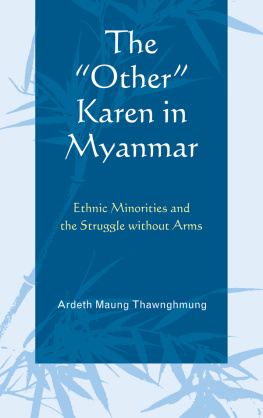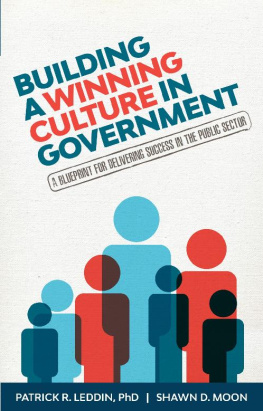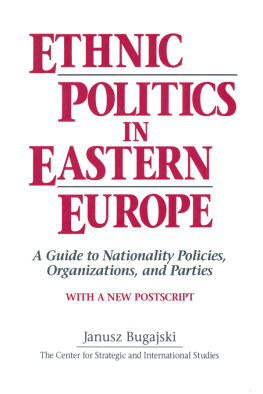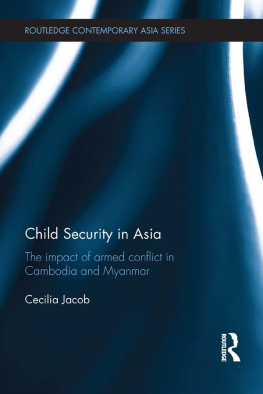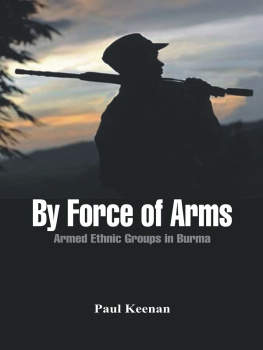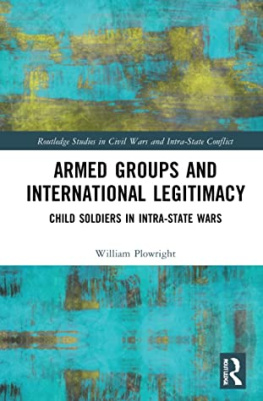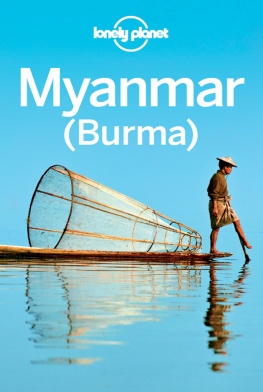The Other Karen in Myanmar
Chapter 1
Who are the Other or Quiet Minorities?
I define the quiet or other minorities as members of minority groups who decline to take part in armed resistance against the state. The analytical dividing line between the rebels and their other counterparts is that the former are active participants, either in civilian or military capacities, in armed rebellion against the government. Apart from this major difference, the level of support for the armed resistance movement and its degree of assimilation into the majority population varies widely among these other minorities.
The fact that in Burma some Karens live quietly and unobtrusively among their neighbors does not necessarily mean that they are loyal to, or provide support for, the Burmese military regime, and it certainly does not imply that they consider the KNU to be in any way illegitimate. In any minority population, there will always be some who can be depended upon to demonstrate their loyalty and support for the government in power. There will also be an element who are apolitical, whose primary concern is to make ends meet on a daily basis. Then there are those who will question armed rebellion as a legitimate cause, but may utilize a variety of nonviolent means to preserve and promote their groups identity. In addition, there are those who believe in the legitimacy of armed rebellion, but who opt instead to pursue a course of passive resistance to provide indirect support to the armed resistance movement. Finally, a portion, perhaps even a small portion, of the minority population may actively participate in armed resistance to assist an eventual military victory. These categories, however, represent ideal scenarios and are neither fixed nor mutually exclusive. An individual may move from one position to another, or uphold a number of principleseven at times contradictory and inconsistentand engage in a combination of actions depending on the nature of the political environment and the circumstances of the moment. In addition, there will always be a gap between individuals convention (what people believe) and their actions (what people actually do). It is entirely possible and common for activists to not be completely convinced in the justice of their cause, and it is entirely possible for those who do not act as partisans to be completely committed in their convictions to the cause. All combinations are possible and one cannot assume an alignment of interior convictions and external acts.
The other minorities include those who are sympathetic to the cause of armed rebellion, but who pursue nonviolent options to promote nationalistic causes. They may provide financial contributions to the armed resistance movementbut in Burma this is sensitive information and difficult to obtain. At the other extreme of the others are those who directly support the military measures undertaken by the government to suppress the armed resistance movement. Members of these other or quiet minorities thus range from those who collaborate with state authorities, to former rebels who re-enter the legal fold, to those attempting to maintain their identityand their very existencethrough institutionalized channels and/or various forms of passive resistance.
In this study, I use the terms rebel, insurgent, and armed (resistance) interchangeably to refer to members of minority ethnic groups who are active participants, either in civilian or military capacities, in armed rebellion against the agents of government. It should be noted, however, that these terms are not used to make any kind of political or ideological statement. In fact, in both popular and academic discourse, armed resistance fighters are generally associated with negative terms such as extremists, hard-liners, and non-conformists, while those who collaborate with government are considered moderates, compromisers, soft-liners, or accommodators. These terms may be appropriate in some settings, but they cannot be readily applied in the context of a militarized state where the government itself has committed serious human rights violations, and where some groups have taken up arms either as a result of forcible recruitment, or because they had no other option but to defend themselves against aggression.
I reserve the terms extremist and hard-liner to refer to those who support a strategy of ethnic purification (either through disseminating the propaganda of racial hatred or undertaking strong measures against those who promote interethnic harmony and coexistence), those who refuse to acknowledge the concerns of other cultural groups, and those who strongly oppose any compromise that would undermine their own position and ideology. Some armed resistance fighters fit these definitions, while others do not. The moderates or soft-liners, on the other hand, are those who may be sympathetic to the rebel cause but understand the concerns and positions of the groups opposing them, those who believe in peaceful coexistence and mutually beneficial compromise among different nationalities, and those who advocate nonviolent strategies to pursue these goals. Moderates, in short, are those who can see the issues from both sides. Of course, not all the other minorities fall into this category. Some have voluntarily joined the government militia or paramilitary organizations to help the state crush the rebel movement. An expert on ethnic politics in Sri Lanka puts it this way: These so-called Tamil moderates in Sri Lanka in fact are members of paramilitary groups who engage in open violence against the Tamil armed resistance group!!!
The Political Significance of the Other Minorities
Armed rebellion is a rare phenomenon, and it is a more common response for disaffected individuals to carry on normal life as best they can or resist in ways other than resorting to violence (Scott 1985). Social scientists have tended to focus on such uncharacteristic moments of opposition, often neglecting the unobtrusive presence of groups such as a majority segment of a minority population. These quiet minorities do not seem to provoke any immediate or pressing concerns for peace, stability or other social considerations. Nevertheless, because of their significant role in intra-ethnic as well as inter-ethnic conflict resolution and political reform, it is important to investigate these understudied minorities and incorporate them into the study of ethnic politics.
For a start, viewing particular cultural or religious groups as homogenous and monolithic overlooks tensions within groups, which can be just as hostile and violent as tension between groups. For instance, the Serb paramilitary units that swept into multiethnic Bosnian villages in 1992 first killed Serbian residents who were in favor of ethnic integration. Only later did they turn their attention to non-Serbs (Mojzes 1994, V. P. Gagnon Jr. 2004). In Rwanda, some 10,000 moderate Hutus (many of them intellectuals) were killed by extremist Hutus during the genocide of 1994 (Straus 2006, 51). In Northern Ireland where Protestant unionists and Catholic nationalists had engaged in a long drawn out conflict over almost 30 years, 22 percent of the killings committed by the Protestant loyalists between 1983 and 1994 were carried out against Protestants, either in political feuds or because they were informers. Among the Catholic nationalist communities, between 1969 and 1993, 65 deaths were attributed to Catholic activists killing Catholic informers (Kennedy-Pipe 1997). One famous case in 1972 is the abduction and killing of Jean McConville, a converted Catholic and widow with 10 children, by the Irish Republican Armys (IRA), an armed wing of Catholic nationalists. Although the reasons for her disappearance were never entirely clear, a frequently suggested explanation is that she angered the IRA by comforting a (British) soldier who had been seriously injured outside her door (Nagel 2003).
Next page
